Few-Flowered Leek / Spring / Summer / Edible
A non-native, invasive member of the Allium family. Do your bit for nature and eat it 🙂
Common Names
Few-Flowered Leek, Few-Flowered Garlic.
Botanical Name
Allium paradoxum
Scientific Classification
Kingdom – Plantae
Order – Asparagales
Family – Amaryllidaceae
Physical Characteristics for Few-Flowered Leek
Stems
The flower stem is up to 50cm long and has a triangular-shaped cross-section.
Leaves
Bright green the leaves are long (up to 40cm) and thin.
On the top of the leaf are a long furrow running down the length and a ridge on the underside.
When crushed they smell of garlic.
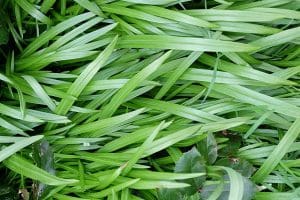
Flowers
The plant produces just a few tiny, white flowers, hence the common name.
The flowers are quickly replaced by clusters of small bulbils.
Roots
The tuber is small and looks very much like a spring onion root.
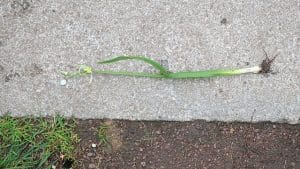
Habitat
Native to parts of Asia, it is considered an invasive plant in the UK.
It is listed on Schedule 9 of the Wildlife and Countryside Act and as such, it is illegal to plant in the wild but it’s commonly found in damp environments such as river banks, damp woods and hedgerows.
From our experience, we find this one much more often in Scotland.
Known Hazards
None Known.
Could be Confused with
Other wild Alliums for example the Three-Cornered Leek (Allium triquetrum) these are also edible.
They could be confused with other spring-flowering plants such as Bluebells (Hyacinthoides Non-scripta) or Daffodils (Narcissus pseudonarcissus) but these all lack the oniony aroma when the leaves are crushed.
Edible Uses
Use it in place of spring onions, it can be eaten raw or cooked but a lot of the pungent taste comes from essential oils and these are destroyed when cooked, so I tend to chuck it in at the last minute.
The bulbils/fruit has been used for making something quite incredible called, garlic caviar, where you salt and pickle them to serve as a garlicy salty pop in replacement of caviar.
Notes on Herbal Uses
Like many members of the Allium family the plant contains organosulfur compounds, which research suggests may be beneficial for lowering cholesterol and blood pressure.
They may also be helpful in to preventing chronic conditions including cancer and cardiovascular disease.
Extra notes from the Foragers
Be wary of how invasive this species is, it crowds out some of our native species.
The bulbil contain the seeds so if you are using them be careful how you dispose of them, don’t compost them for example.



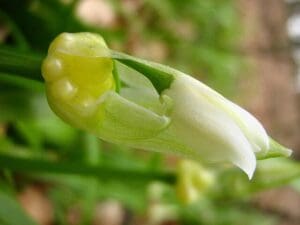
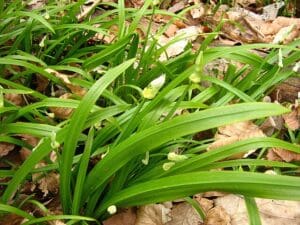
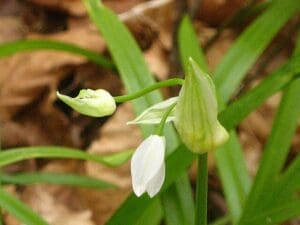
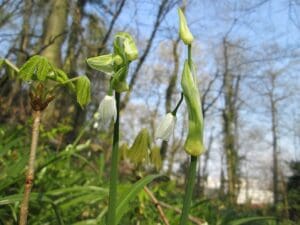
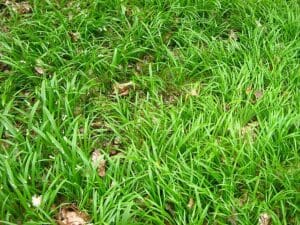
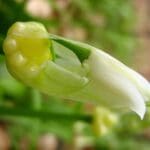
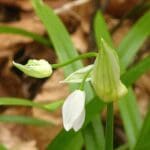
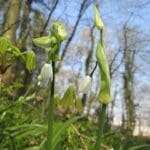



Leave a Reply
You must be logged in to post a comment.